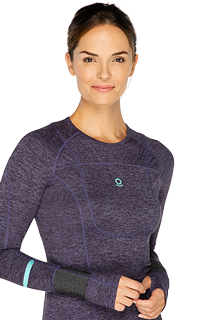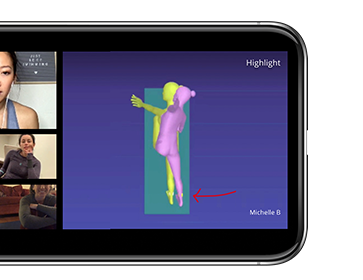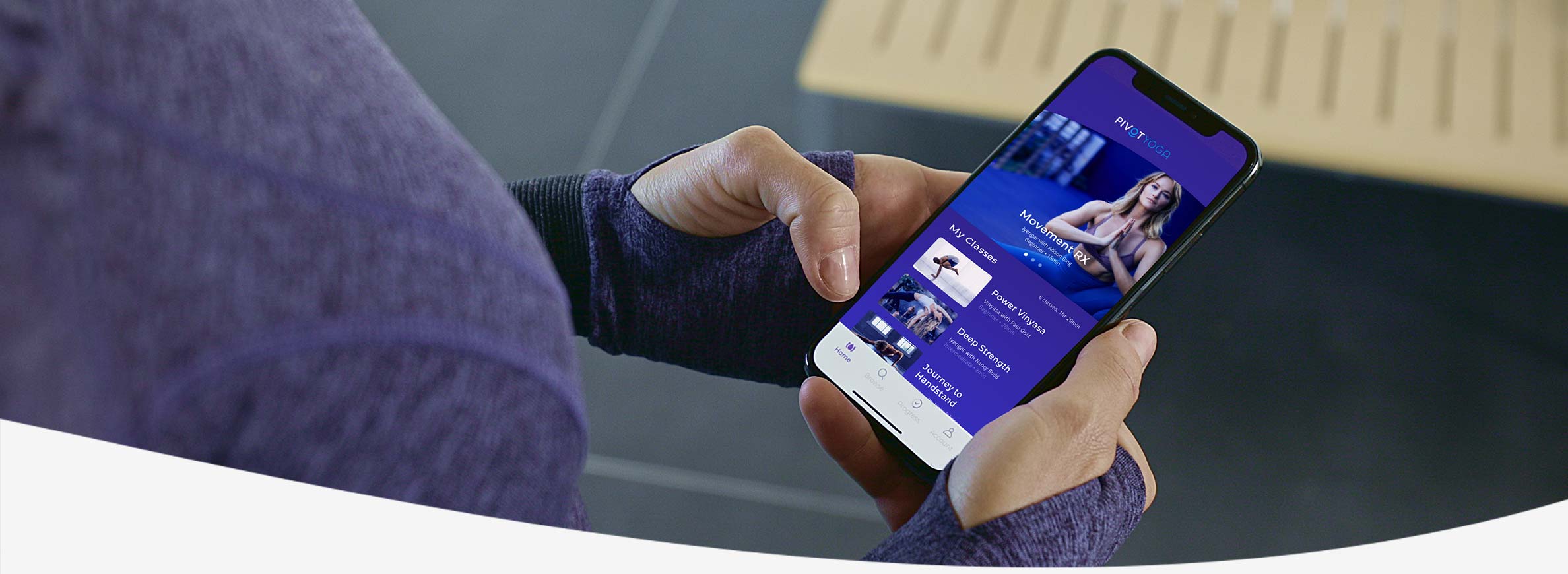
Technology
It's taken three years and a lot of PhDs to make PIVOT. Learn more detail about our fundamental technology below.
-
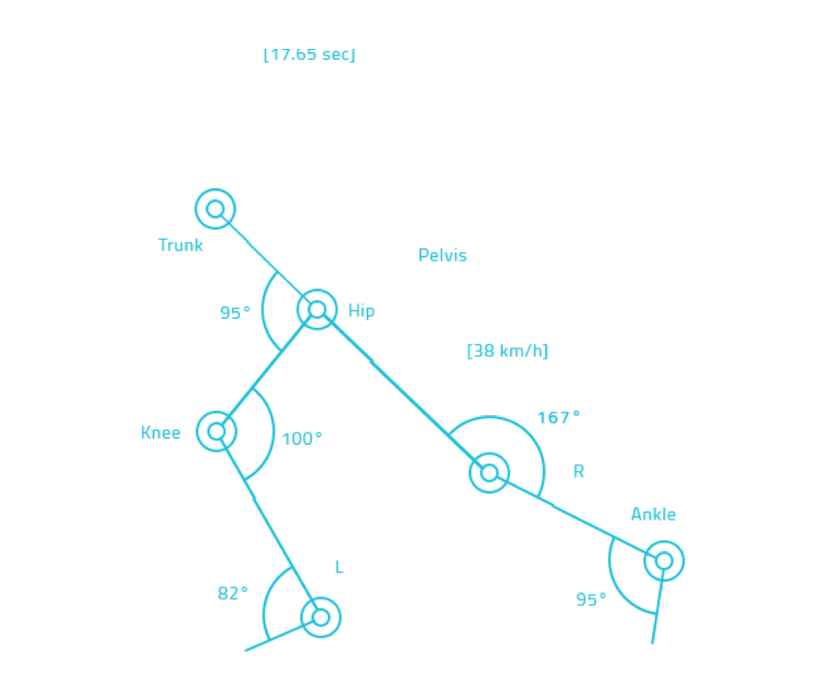 Multi-Sensor
Multi-SensorIntegrating 16 sensors
A truly accurate system for capturing your body motion is going to need data from different parts of your body--that is, from multiple motion sensors. But combining data from multiple sensors is hard. Sensor data arrives at different times and must be synchronized before data can be read correctly. Frankly, that’s why multiple-sensor systems are rare. But the benefits of taking the more difficult path are huge. Our approach lets us know exactly where each major bone in your body is, what angle it is at, how far away it is from the rest of your body, and even how it is rotated.
-
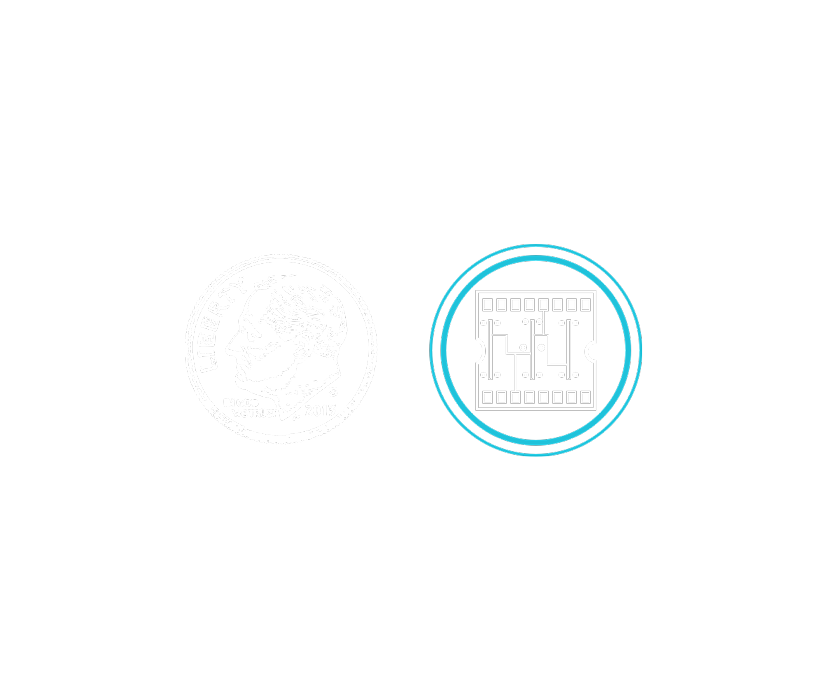 Tiny
TinySensors the size of a dime
One immediate problem in working with 16 sensors (9 in the shirt and 7 in the pants) is bulk. We have kept the diameter and thickness of our individual sensors to about the size of a dime. And they weigh more like a feather than they do any coin. The result: the sensors are virtually imperceptible.
-
Protocol
Wireless data, redesigned
Unless you want to be tethered to a a wire running into a computer, the data coming out of your sensors needs to be gathered wirelessly. Unfortunately, off-the-shelf protocols, like Bluetooth, are inefficient, unreliable, and power-hungry when being used for something like PIVOT. The result is we had to build our own wireless protocol, and you get a longer battery life.
-
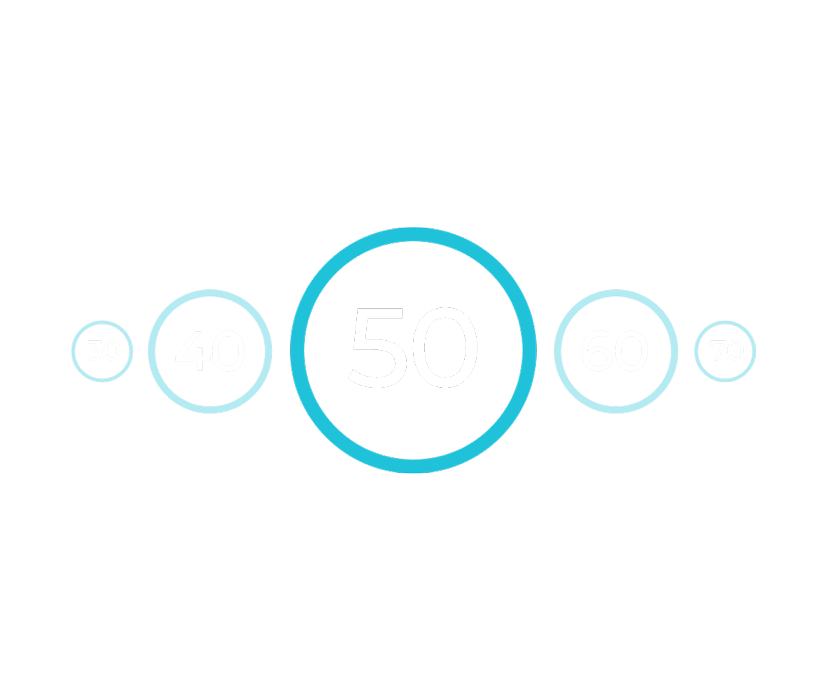 Capture Rate
Capture RateSmooth, lifelike motion
The first key to smooth lifelike motion in the world of digital motion capture is to capture enough data. We record your body angles 50 times a second, which if you think about it is considerably faster than a typical motion picture playing in a movie theater (those are typically running at 24 frames per second). The second key is to maintain a strong, consistent connection between sensor and hub. We have solved both problems.
-
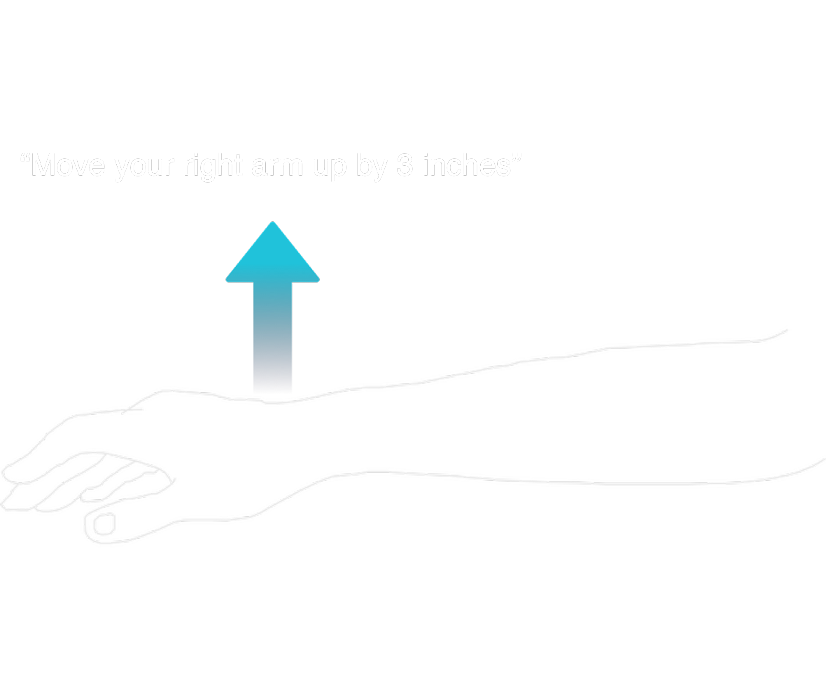 Motion AI
Motion AIReal-time advice
PIVOT Yoga is aware of what your body is doing--and what it is supposed to be doing. That way, we can recommend changes to your pose, in real-time. We call that Motion Artificial Intelligence, and it is the foundation for teaching skills. Just as any yoga teacher would notice that your front knee might not be stacked over your ankle in Warrior II, PIVOT will notice any important deviation from any pose the teacher has pre-recorded with us.
-
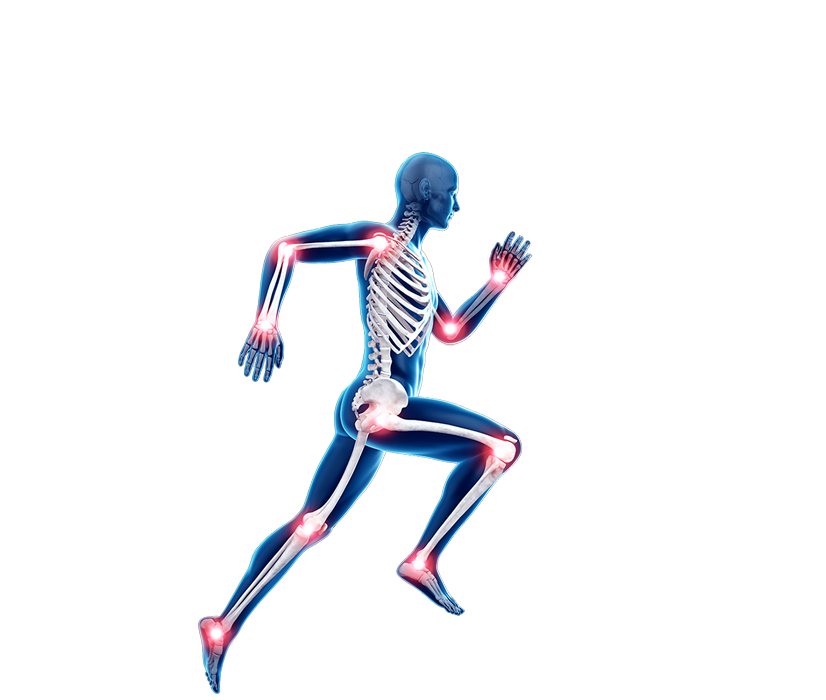 Biomechanics
BiomechanicsWe know how bodies move
A big part of interpreting sensor data correctly is to understand how it is human bodies move, and how they don’t move. Our biomechanics model acts as an error-checking mechanism-—we use a multi-level Kalman filtering framework to weed out any errors-—so that our understanding of where each part of your body is remains accurate. Before PIVOT, most motion-capture systems used mechanical models built on data generated by robots. Our engineers have spent decades proving that these off-the-shelf models are inaccurate, which is why we had to make something better.

